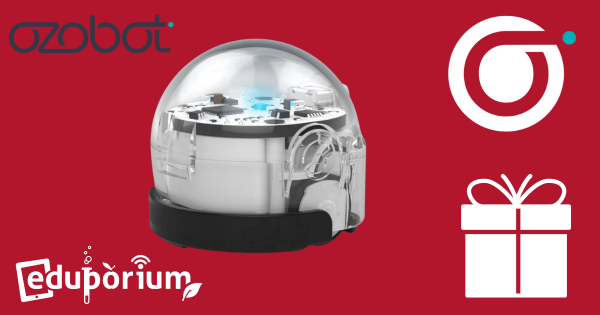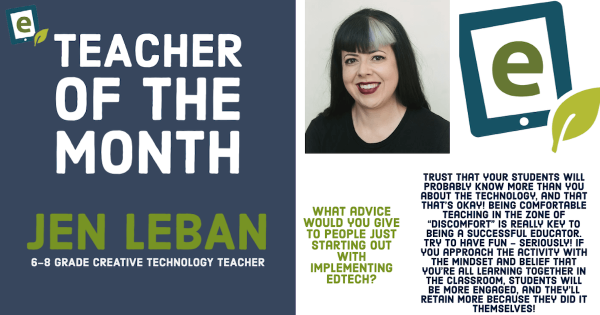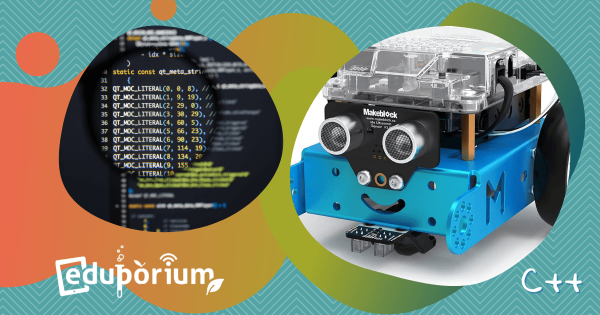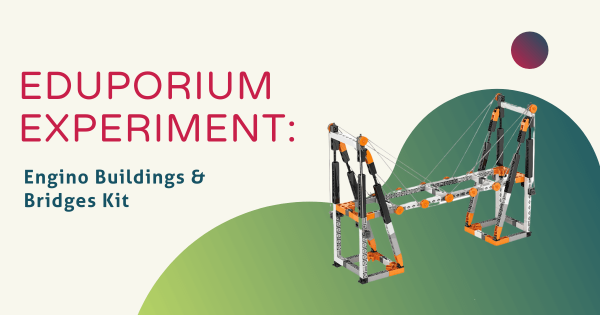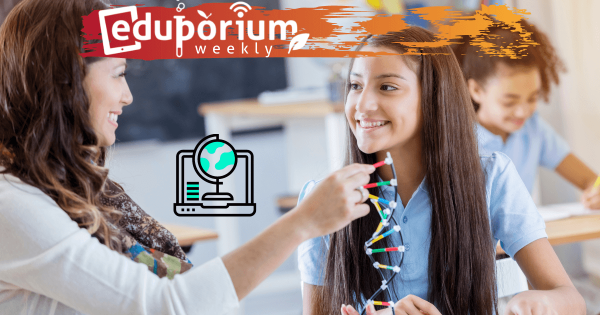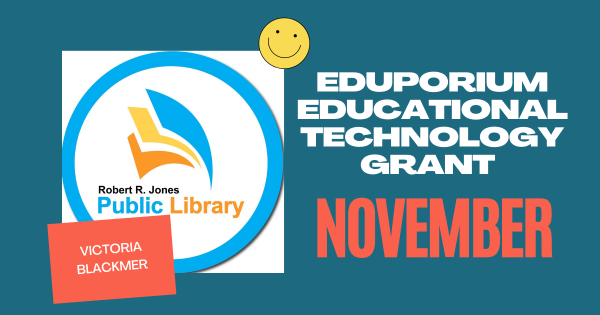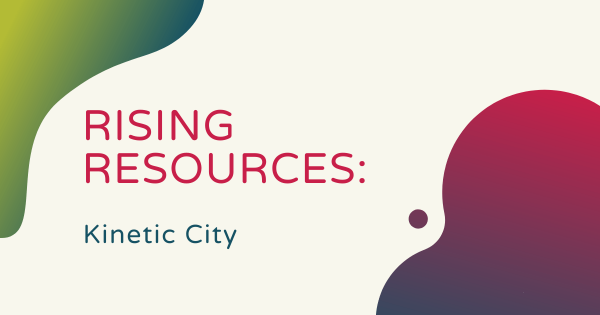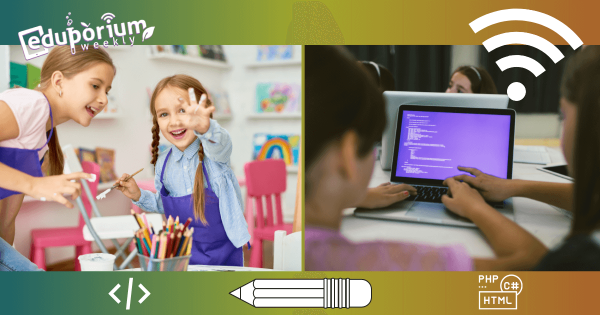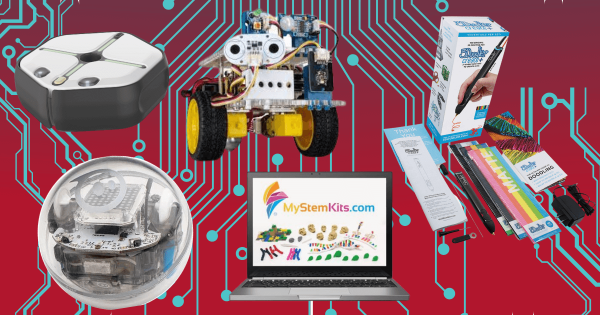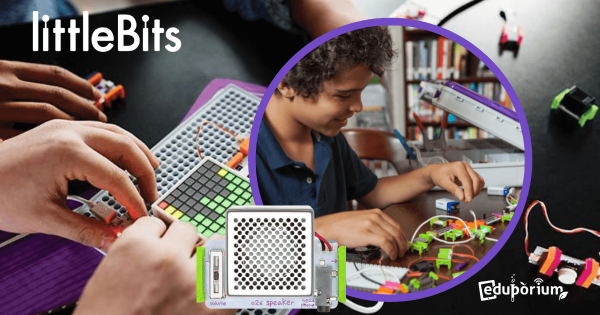We told you about the first beneficiary of some Holiday cheer we helped spread at the tail end of 2018 and now we’re going to talk about another one! At the end of December, we sent Holiday gifts to five educators who had previously applied for our EdTech grant but were not selected due to the number of applications and
STEAM
A broadened area branching out from STEM education, STEAM typically refers more to the creative side of things. STEM stands for Science, Technology, Engineering, and Math, which also happen to encompass some of the most prominent careers today. If we add an 'A' to make it STEAM, however, now we're incorporating art as well. Though not super closely related to science and technology on the surface, the arts may seem to be a strange element to add into STEM learning. With more opportunities to be creative, however, students can develop many of the key skills they'd need for success in a STEM career. STEAM learning encompasses many different areas—from artistic projects or makerspace endeavors to creatively solving problems. As kids try new, hands-on experiences, they also have more chances to activate inquiry and curiosity. And, these are two key drivers of learning and discovery.
Essentially, moving from STEM to STEAM involves adding extra creativity and opportunities for artistic freedom and exploration. Oftentimes, children will leverage various technologies in STEM or MakerEd projects but they can do even more. Tapping into the STEAM side of things, this gives them a chance to learn how thought-provoking questions and unique design elements can also come into play during their problem-solving processes. Educators could still encourage students to question things and connect problems to solutions—albeit with a more artistic lens. In STEAM projects, children often get to incorporate personalized details that illustrate some of their passions. And, while this self-expression is also important, it's how they authenticate these projects to the next degree that's truly valuable. Browse our STEAM content below for more insights and check out our store for all the tools you'll need.
-
Eduporium Featured Educator: Jen Leban
We have another great educator interview to share with you! This month’s featured educator is Jen Leban, a middle school technology teacher from Illinois, who has made use of numerous various technologies, and helped give her students a meaningful (and long-lasting) education! Keep reading to learn more about her efforts in STEAM education. -
Take The Next Step In Teaching Programming With C++
The C++ programming language can be learned by anyone with some computer science experience. On the basic side, students can learn things like loops, arrays, strings, functions, and variables, while the more advanced programming with C++ includes the capability to control pointers, structures, dynamic allocation, binary trees, and more. -
Eduporium Experiment | Engino Buildings & Bridges Kit
For this week’s Eduporium Experiment, we opened up our Buildings & Bridges kit, which is part of Engino’s STEM STRUCTURES series. It’s a great way for students aged between 8-16 to not only build some pretty cool structures, but also learn the science behind engineering and the physics needed to ensure its safe and sound. -
Eduporium Weekly | STEM and All that it Covers
As STEM education has developed over the last few years, now there are even more ways for teachers to deliver an innovative educational experience for their students. STEM education has been broken down into various focuses, including robotics, coding, 3D printing, and more, but there have also been letters added. -
Our November EdTech Grant Recipient: Victoria Blackmer
After careful consideration, we believed the most deserving applicant from this past month is Victoria Blackmer from the Robert R. Jones Public Library in Coal Valley, Ill. Victoria is a librarian at this library in Coal Valley, which is almost on the border of Iowa, and she has also begun to work closely with the nearby Bicentennial Elementary School. -
Rising Resources | Science with Kinetic City
Kinetic City is a web-based science program that teaches a variety of science concepts via challenges, games, and activities. The theme of the program is “knowledge-eating viruses destroying our world’s science” with the solution being to complete the games and projects to “beat the bugs and set things right.” -
Eduporium Weekly | All The Top Topics We Shared This Week
We are committed to using this platform to truly help educators better their approaches to teaching along with establishing new, dynamic professional connections more regularly. In any case, the following sections should give you a glimpse into what were among those five most popular topics based on impressions to appear on our Twitter feed in the last week. -
Eduporium Weekly | 5 Hot New EdTech Items on our Store
The variety of educational technology on our store is always increasing. As new tech tools are brought into the education market, we’re working hard to make them available to educators in one easy-to-find place and at exclusive educator pricing. That’s not to say that our store is overflowing with every single EdTech product in the world. -
STEAM Not STEM: Get There With The New littleBits Kits
Creative kids now have a line of all-new littleBits kits they can work with for all STEM projects. Designed to facilitate active invention and increase their engagement, these newer kits enable children to construct a bunch of cool contraptions! The Base Inventor Kit, Electronic Music Inventor Kit, and also the Space Rover Kit plus the littleBits app are perfect for




